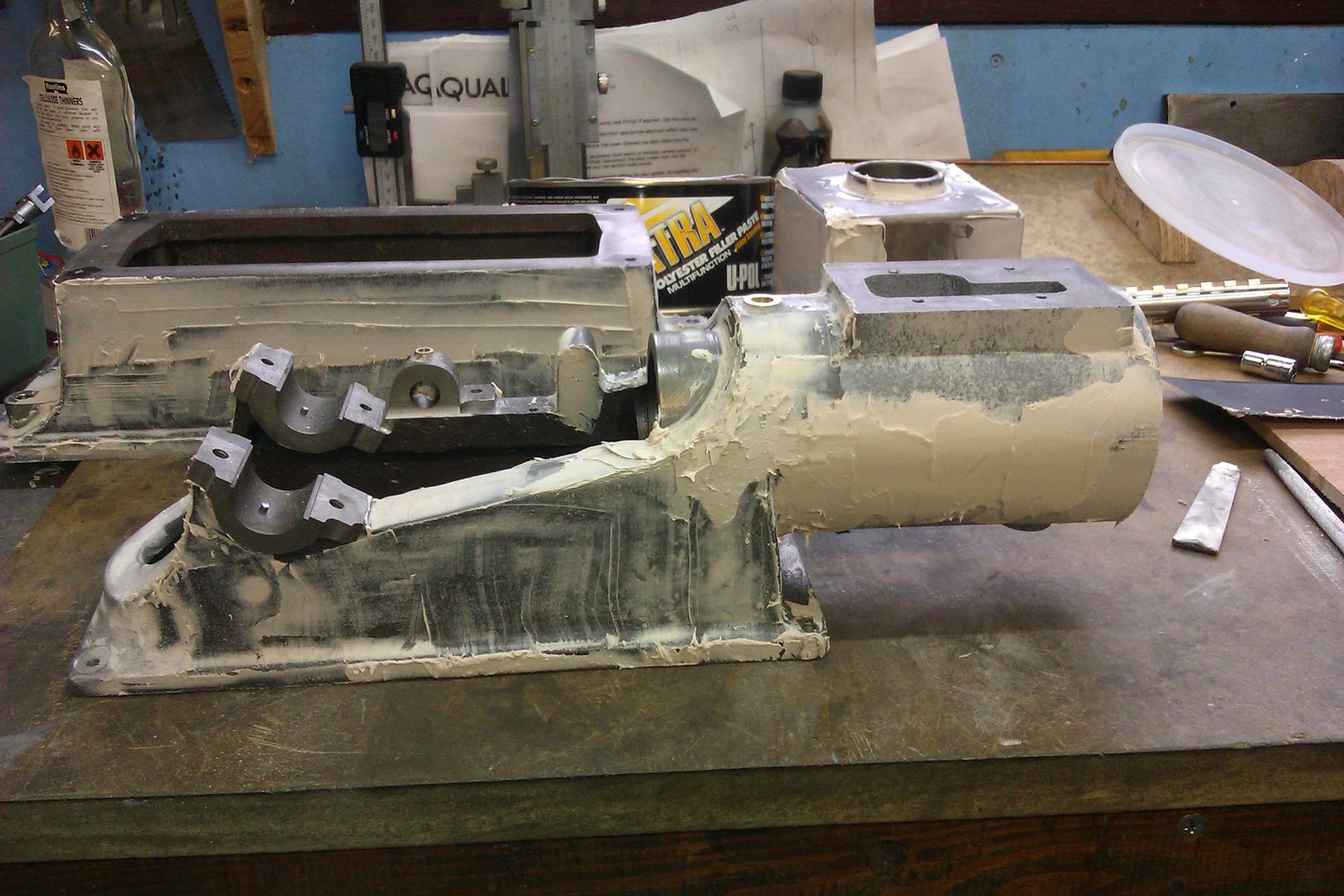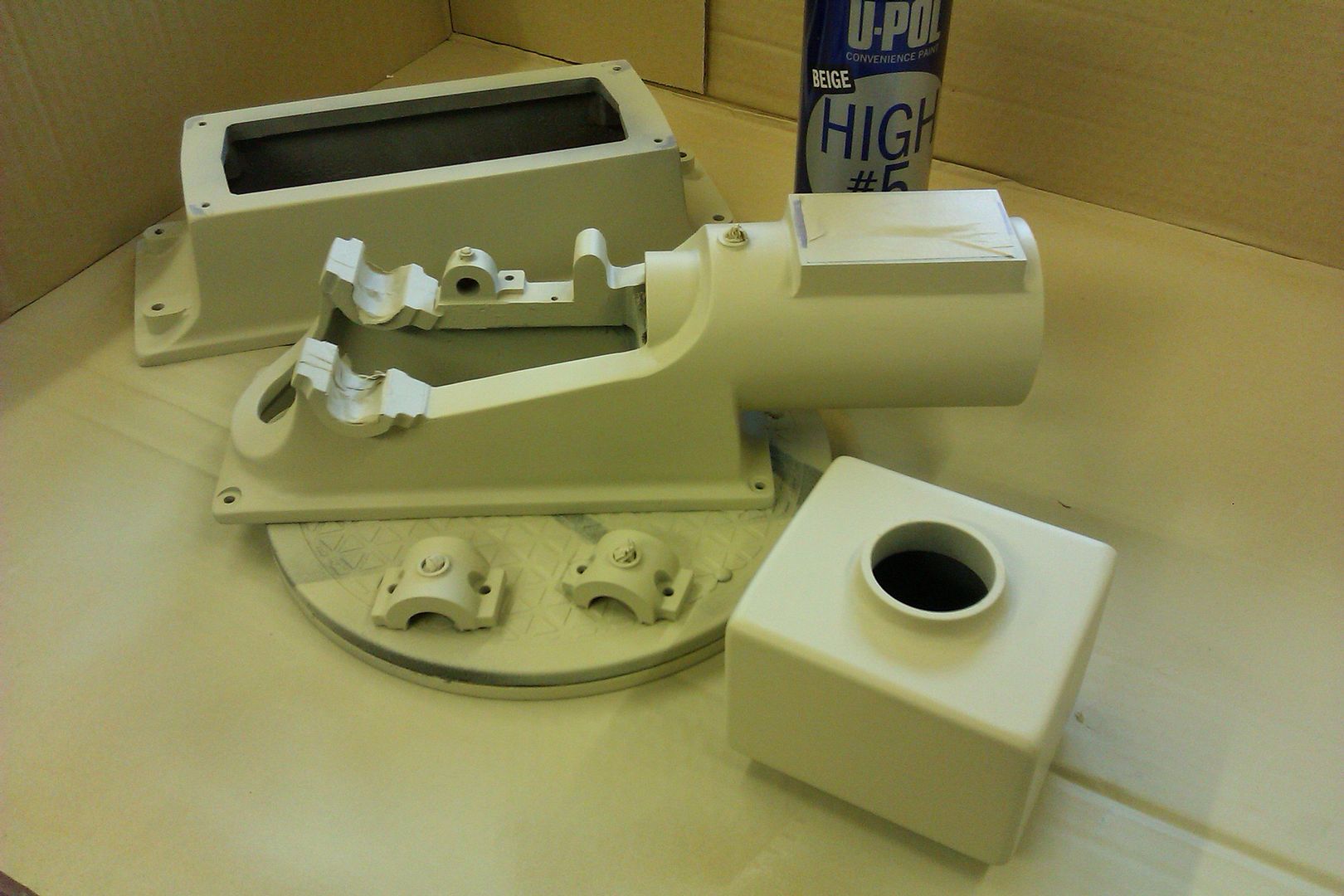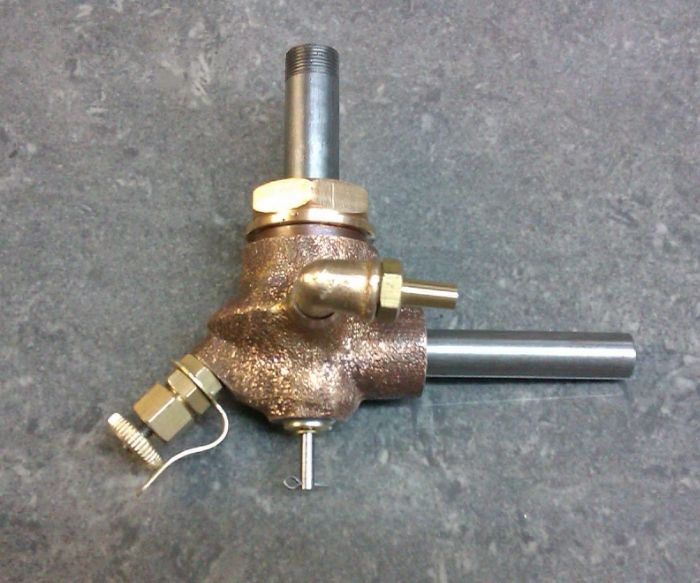So I just about to finish running my 1/2 scale Breisch Olds Hit Miss engine for the first time and need some advice.
Now that I know that everything is mechanically working, I want to take it apart and paint the parts that need to be painted, as well as polish the parts that need to be polished etc.
How do you guys generally smooth those castings up? Some of the parts are really rough, like the connecting rod and some parts of the frame. Do you file it? sand by hand? Use a Dremel?
The frame/body and flywheels might be a bit easier because since its going to be painted anyway I figure I can sand it a little, prime it, sand it again, until its relatively smooth, but some of the brass/bronze parts look like they may be a pain in the neck to work on.
Any tips?
Now that I know that everything is mechanically working, I want to take it apart and paint the parts that need to be painted, as well as polish the parts that need to be polished etc.
How do you guys generally smooth those castings up? Some of the parts are really rough, like the connecting rod and some parts of the frame. Do you file it? sand by hand? Use a Dremel?
The frame/body and flywheels might be a bit easier because since its going to be painted anyway I figure I can sand it a little, prime it, sand it again, until its relatively smooth, but some of the brass/bronze parts look like they may be a pain in the neck to work on.
Any tips?






































































